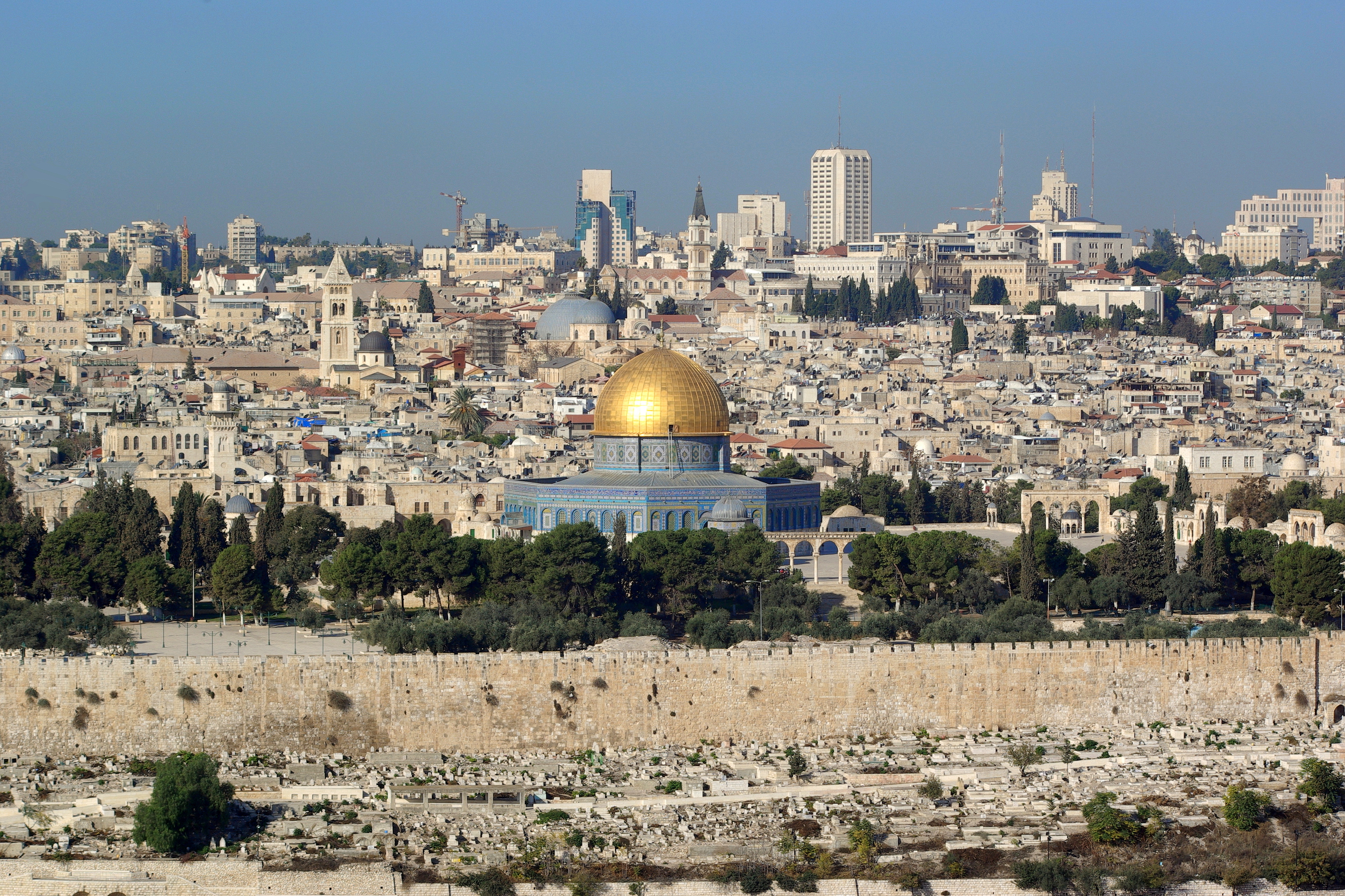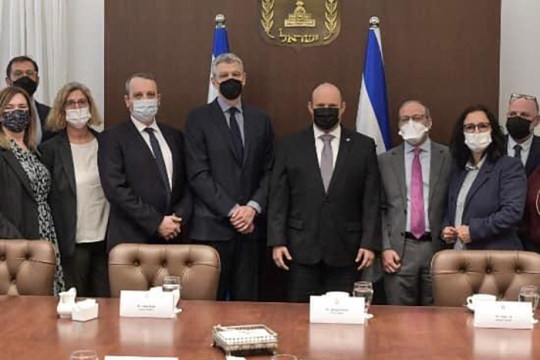
This is the fifth in a series of posts outlining some of the core issues related to the Israeli-Palestinian Conflict and the Reform Movement’s positions on these issues. Click here to read the introduction to the series, click here for a post on Israel’s security needs, click here for a post on borders and click here for a post on refugees.
Often, peace negotiations between Israelis and Palestinians have gotten stuck on the status of Jerusalem. Debates over the future of this holy city are often informed by deeply held views of history, religion and politics. We are left wondering whether or not a compromise can be made that will take into account the political desires of both Israelis and Palestinians and safeguard the freedom to for people of all faiths to visit their holy sites.
For millennia, Jerusalem has been a focal point for Jewish life. At Passover Seders, Jews around the world intoned, “next year in Jerusalem!” We pray toward Jerusalem’s Western Wall, and where the Temple once stood. With the modern State of Israel’s establishment, Jerusalem took on increased significance as its western neighborhoods became Israel’s capital. In 1967, Israel captured the Old City and East Jerusalem, both of which lie east of the Green Line, marking the first point since ancient times that the city was under full Jewish control. This major gain gave Jews access to our most holy sites.
Today, Jerusalem’s municipal boundaries encompass West Jerusalem, East Jerusalem and the Old City. West Jerusalem is mostly inhabited by Jews and is the site of Israel’s Knesset and other major government buildings, while East Jerusalem is predominantly Arab (though it has some growing Jewish neighborhoods) and Palestinians want it to be the capital of their future state. Complicating matters, Jerusalem’s Old City and the surrounding Holy Basin contain some of Christianity and Islam’s holiest sites, reflecting its status as a vital city for all three Abrahamic religions.
A few proposals have sought to recognize both Israeli and Palestinian connections to Jerusalem and the political claims each make on the city. Some have suggested making Jerusalem an open city, functioning under a special municipal regime and serving as both an Israeli and Palestinian capital. Others have suggested establishing East Jerusalem’s Arab neighborhoods as the capital of a future Palestinian state, while preserving West Jerusalem and East Jerusalem’s Jewish neighborhoods as Israel’s capital.
Any agreement on Jerusalem will also have to resolve the intricate issues surrounding the Old City’s holy sites. Access to holy sites remains an issue of deep tension in Jerusalem, and people of the many faiths connected to the city are concerned about their right to worship in freedom and safety. Some, such as the civil society members who negotiated the Geneva Accords, have discussed a future where Israel maintains sovereignty over the Jewish Quarter and the Western Wall and the future Palestinian state obtains sovereignty over the rest of the Old City. Others have suggested that the Old City be governed by an international body, or have called for a combination of these two approaches.
The Reform Movement has been vocal in our recognition of Jerusalem as Israel’s capital and as a holy city to people of many faiths. We have also been supportive of direct negotiations between Israelis and Palestinians on Jerusalem and all other core issues. For more information about Israel and the peace process, check out the RAC’s Israel Issue Page, the CCAR’s Expression of Love and Support for the State of Israel and Its People and the URJ’s Israel Engagement Page.
Related Posts

Shabbat Message: A Galvanizing Visit to Israel That Fills Me With Encouragement

We Hold All of these Truths


